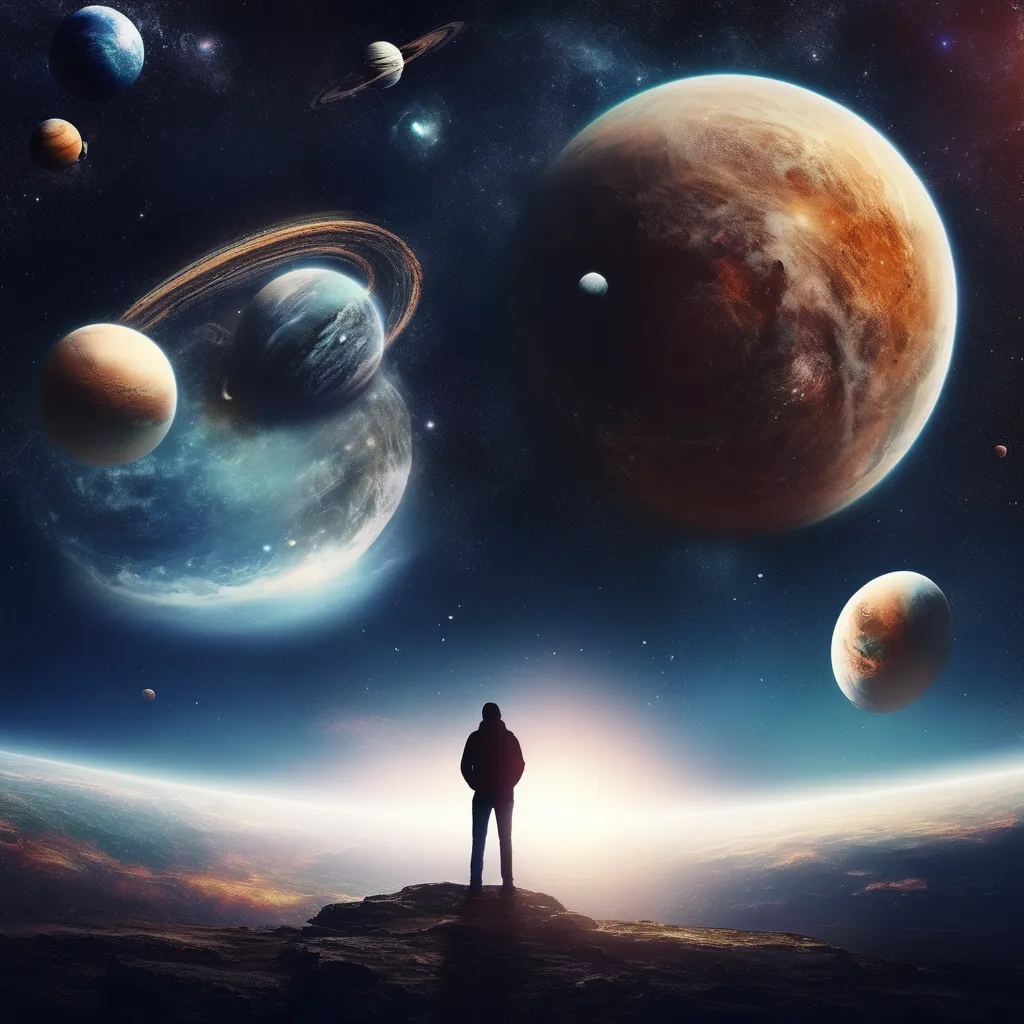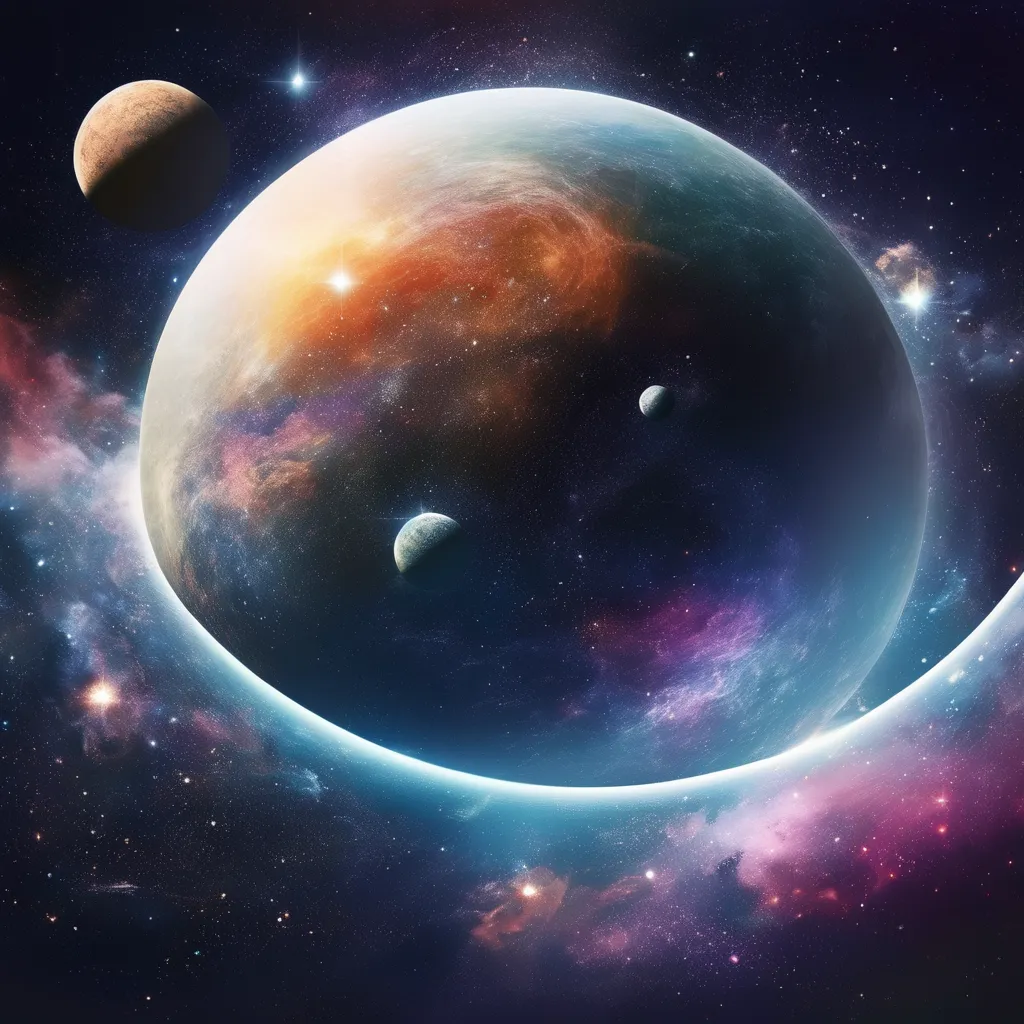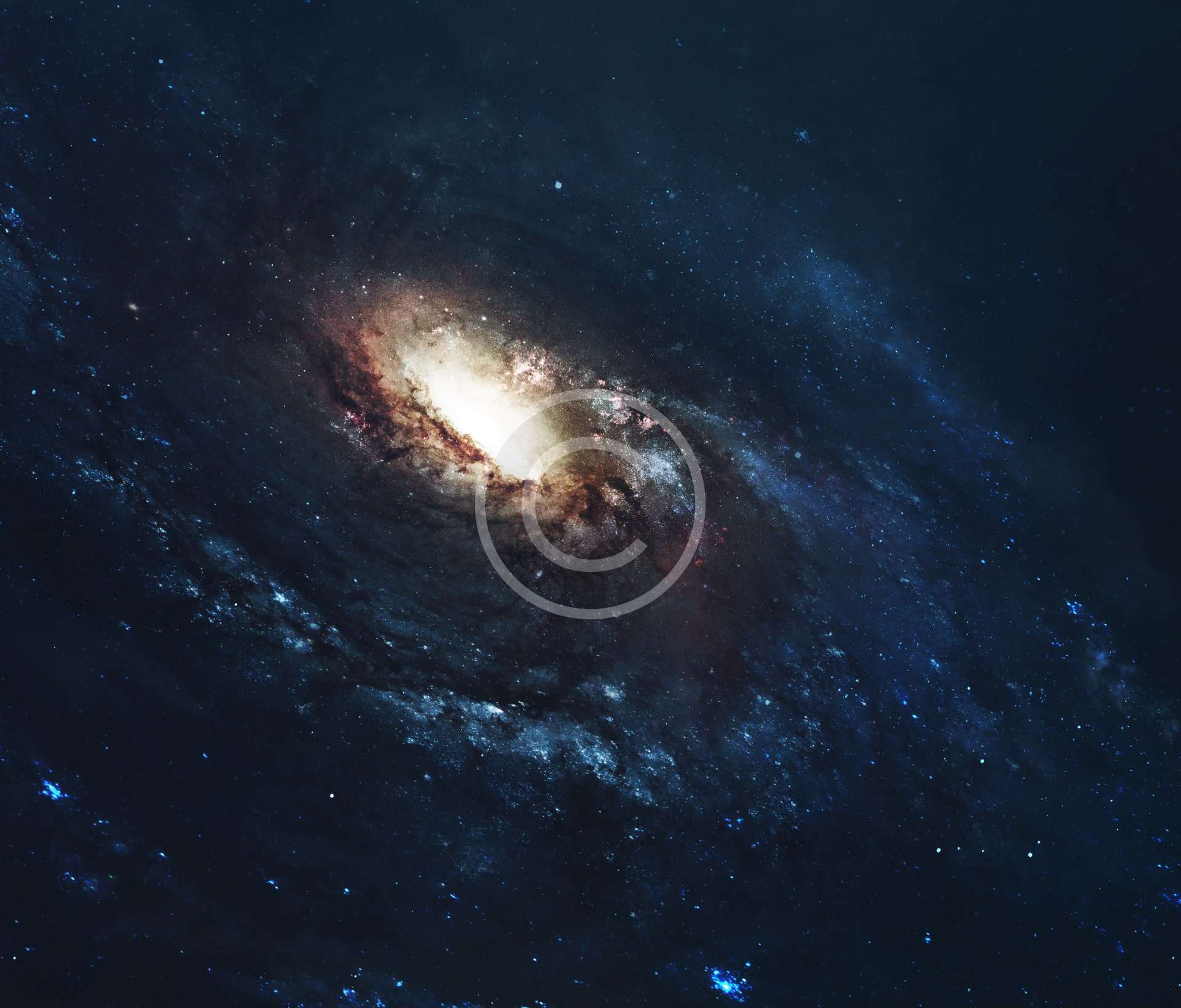What is the Universe?
The universe is the vast expanse that includes all of space, time, matter, and energy. From the smallest subatomic particles to the largest galaxy clusters, the universe is home to everything we know and much that we have yet to discover. Scientists believe the universe is about 13.8 billion years old, a figure derived from studying cosmic microwave background radiation and the expansion of space.



How Did the Universe Begin?
The Big Bang Theory The prevailing theory about the universe’s origin is the Big Bang Theory. It suggests that the universe began as a singularity, an infinitely hot and dense point, approximately 13.8 billion years ago. From this point, it expanded rapidly, a process known as cosmic inflation. This expansion cooled the universe, allowing the formation of fundamental particles, atoms, and eventually stars and galaxies.
What Makes Up the Universe?
The universe is composed of various elements, from visible objects like stars and planets to invisible phenomena like dark matter and dark energy.
Galaxies Galaxies are vast collections of stars, gas, dust, and dark matter bound together by gravity. They come in different shapes, including spiral, elliptical, and irregular.
Stars Stars are born in stellar nurseries called nebulae. They undergo a life cycle that includes stages like main sequence, red giant, and supernova, culminating in remnants such as white dwarfs, neutron stars, or black holes.
Dark Matter and Dark Energy Though invisible, dark matter and dark energy make up about 95% of the universe’s total mass-energy content. Dark matter acts as an unseen gravitational force, while dark energy drives the accelerated expansion of the universe.
How Big Is the Universe?
The observable universe spans approximately 93 billion light-years in diameter, containing an estimated two trillion galaxies. However, the entire universe is likely much larger, and potentially infinite. Astronomers use tools like the Hubble Space Telescope and the James Webb Space Telescope to peer into its vastness and uncover its secrets.
From Stardust to Black Holes
Stars play a crucial role in shaping the universe. They form when gravity compresses gas and dust in nebulae, igniting nuclear fusion. Over their lifetimes, stars produce heavier elements, which are spread throughout the cosmos when they die. The most massive stars end their lives as black holes, regions of space with gravitational pulls so strong that nothing, not even light, can escape.
How Do We Explore the Universe?
Humans have always been curious about the cosmos. Today, we explore the universe through telescopes, satellites, and space probes. Key missions include:
- Hubble Space Telescope: Providing stunning images and insights into distant galaxies.
- James Webb Space Telescope: Revolutionizing our understanding of the early universe and exoplanets.
- Voyager Probes: Traveling beyond our Solar System to study interstellar space.
What Lies Ahead for the Universe?
The universe’s ultimate fate remains a topic of debate. Theories include:
- The Big Freeze: The universe continues to expand and cool, leading to a cold, dark, and lifeless state.
- The Big Crunch: Gravity eventually halts expansion, causing the universe to collapse back into a singularity.
- The Big Rip: Dark energy accelerates expansion to the point where galaxies, stars, and atoms are torn apart.
Our Place in the Universe
Amid the vastness of the cosmos, Earth is a tiny but extraordinary speck. Humanity’s exploration of the universe not only expands our knowledge but also inspires a profound sense of wonder and humility. The more we learn, the more we realize how much remains to be discovered.
External Links Suggestions
General Universe Information
- NASA Universe Overview: https://science.nasa.gov/astrophysics/focus-areas/what-is-the-universe
(Provides a general overview of the universe and NASA’s research focus.)
Big Bang Theory and Cosmic Inflation
- ESA on the Big Bang: https://www.esa.int/Science_Exploration/Space_Science/What_is_the_Big_Bang_Theory
(Explains the Big Bang Theory and its implications.) - Cosmic Microwave Background Radiation (Planck Mission): https://www.cosmos.esa.int/web/planck
(Details findings on the early universe.)
Dark Matter and Dark Energy
- Dark Matter Overview (NASA): https://science.nasa.gov/astrophysics/focus-areas/what-is-dark-matter
- Dark Energy and the Universe (European Southern Observatory): https://www.eso.org/public/science/darkenergy/
Stars and Black Holes
- Life Cycle of Stars (HubbleSite): https://hubblesite.org/contents/articles/the-life-cycle-of-stars
- Understanding Black Holes (Event Horizon Telescope): https://eventhorizontelescope.org/
Space Exploration
- Hubble Space Telescope: https://hubblesite.org/
- James Webb Space Telescope: https://webb.nasa.gov/
- Voyager Missions: https://voyager.jpl.nasa.gov/
The Fate of the Universe
- Cosmology Insights on Universe’s Future (Carnegie Science): https://obs.carnegiescience.edu/cosmology
How to Use These Links in Your Content
- Anchor Text: Use descriptive anchor text to make the links contextually relevant.
- Example: Learn more about the Big Bang Theory.
- Placement: Add links naturally in sections where they enhance the reader’s understanding.
- Open in New Tab: Ensure external links open in a new tab to keep readers on your site longer.


